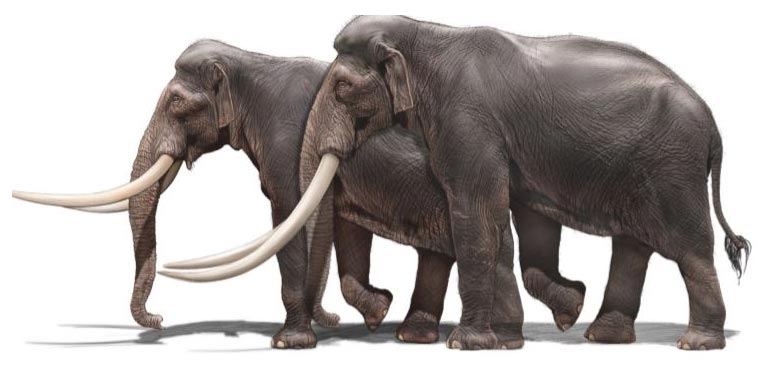Intriguing Details of Giant Straight-Tusked Elephants Chronicled in New Study
By UNIVERSITY OF BRISTOL JANUARY 25, 2020
About 800,000 years ago, the giant straight-tusked elephant Palaeoloxodon migrated out of Africa and became widespread across Europe and Asia.
It divided into many species, with distinct types in Japan, Central Asia and Europe — even some dwarf forms as large as a small donkey on some Mediterranean islands.
In a new study by scientists in Spain, Italy and the UK, including University of Bristol PhD student Hanwen Zhang, published in the journal, Quaternary Science Reviews, some order has been brought into our understanding of all these species.
The most intriguing feature of the straight-tusked elephant, apart from its absolutely enormous size, is the massive, headband-like crest on the skull roof which projects down the forehead. When the celebrated Victorian Scottish geologist Hugh Falconer studied the first fossil skull of Palaeoloxodon found in India, he remarked that the head seemed ‘so grotesquely constructed that it looks the caricature of an elephant’s head in a periwig.’
More:
https://scitechdaily.com/intriguing-details-of-giant-straight-tusked-elephants-chronicled-in-new-study/
